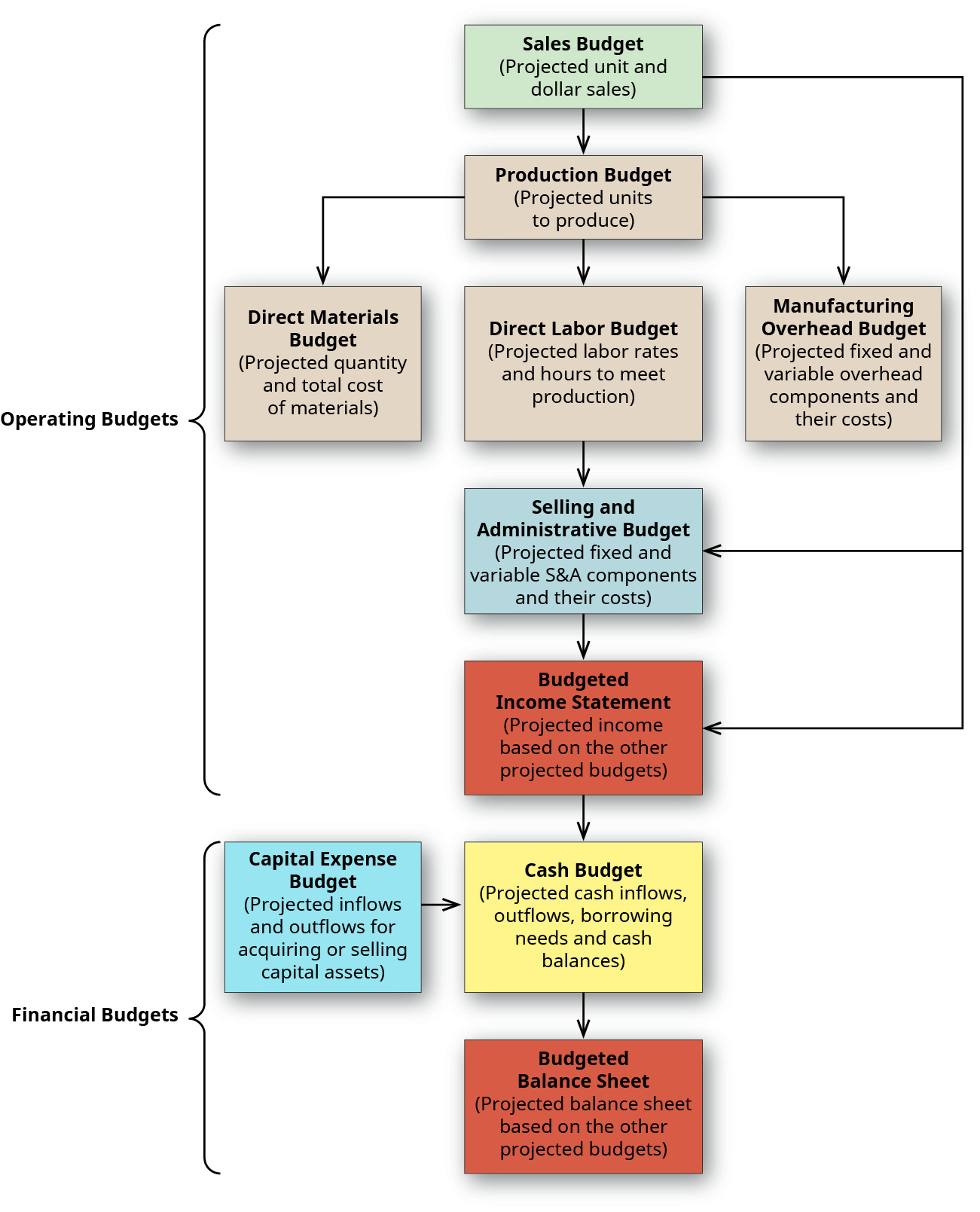

To fulfill that requirement, CBO provides the Congress with projections of revenues from each major revenue source, spending for every federal budget account, and the resulting deficits or surpluses, along with forecasts of the nation’s economy for the current fiscal year and for the ensuing 10 years. To help those committees carry out their responsibilities, the Budget Act also established the Congressional Budget Office and required it to produce an annual report on federal spending, revenues, and deficits or surpluses, as well as subsequent revisions to that report as may be necessary. The Congressional Budget Act of 1974, often called the Budget Act, established the House and Senate Committees on the Budget to set broad federal tax and spending policy and identify priorities for allocating budgetary resources. CBO’s Process for Developing and Reviewing Baseline Projections Spending Projections for a Sample Discretionary Account

They represent neither future spending allocations nor total expected outturn as they do not incorporate estimates of the cost of new policies and the expected impact of saving measures. In many countries they are a basic tool for starting the preparation of the budget. They serve as reference points against which other data, such as proposed or approved budgets, or expenditure ceilings, can be compared.

BASELINE BUDGETING FINANCES GOVERNMENT WASTE PDF
Use the free Adobe Acrobat Reader to view this PDF fileĮxpenditure baseline projections (hereafter, “base¬lines”) are a key analytical concept in budget preparation that refers to estimates of future expenditure on the assumption that current policies remain unchanged.


 0 kommentar(er)
0 kommentar(er)
